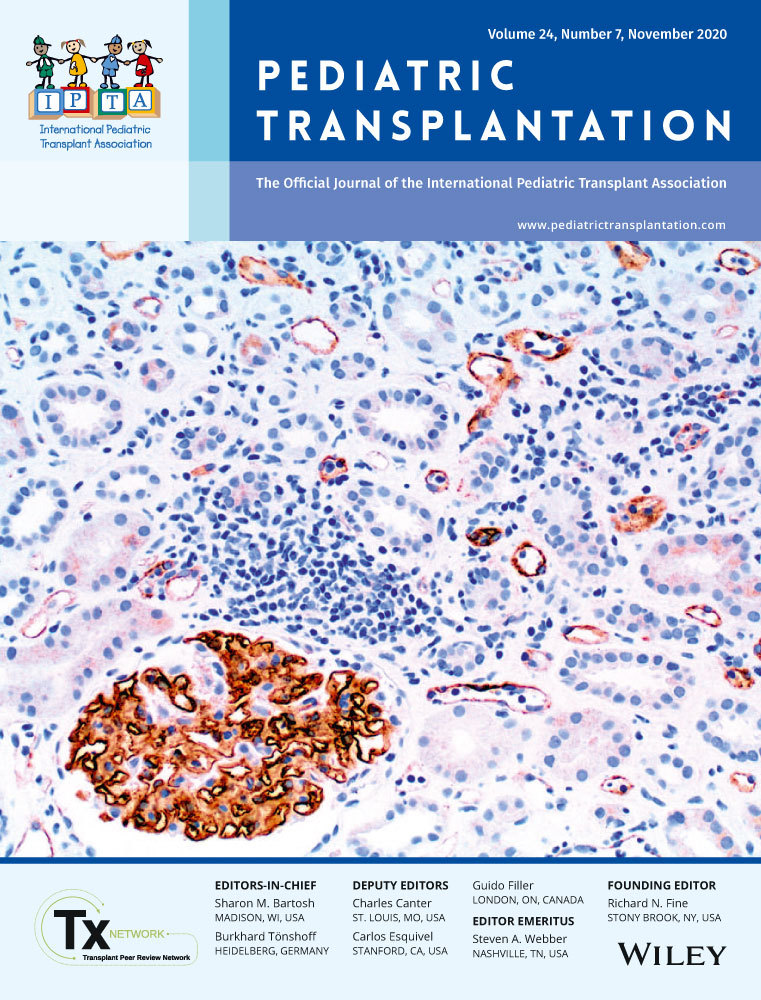A community divided: Post-transplant live vaccine practices among Society of Pediatric Liver Transplantation (SPLIT) centers
Funding information
Sarah Kemme: T32 DK067009-15. Amy Feldman: NIH KL2 TR002534 and AHRQ K08 HS026510-01A1.
Abstract
Background
Historically, the IDSA and the AST have recommended that live vaccines not be administered post-transplant due to concern for induction of vaccine-strain disease in immunocompromised hosts. However, recent prospective studies and revised AST guidelines published in April 2019 suggest that in the current era of immunosuppression minimization, live vaccines may be safely administered to select transplant recipients with resulting immunoprotection. The goal of this study was to assess current post-transplant live vaccine practices at individual pediatric liver transplant centers following the updated AST guidelines.
Methods
A six-item email survey detailing center-specific post-transplant live vaccine practices followed by up to three response-specific questions were distributed between July 2019 and May 2020 to a representative from each center participating in the SPLIT consortium.
Results
The overall survey response rate was 93% (41/44 centers). Only 29% (12/41) of centers offer live vaccines post-transplant; each of these 12 centers uses different eligibility criteria for live vaccines. There was no difference between large (ten or more transplants per year) and small (less than ten transplants per year) centers in likelihood to offer live vaccines post-transplant. The main reasons for a center not offering post-transplant live vaccines were safety concerns and inability to reach group consensus.
Conclusions
The majority of pediatric liver transplant centers are reluctant to offer live vaccines post-transplant despite the updated AST guidelines. Prospective multicenter studies are needed to confirm safety and immunogenicity of live vaccines post-transplant.
CONFLICT OF INTEREST
None.




